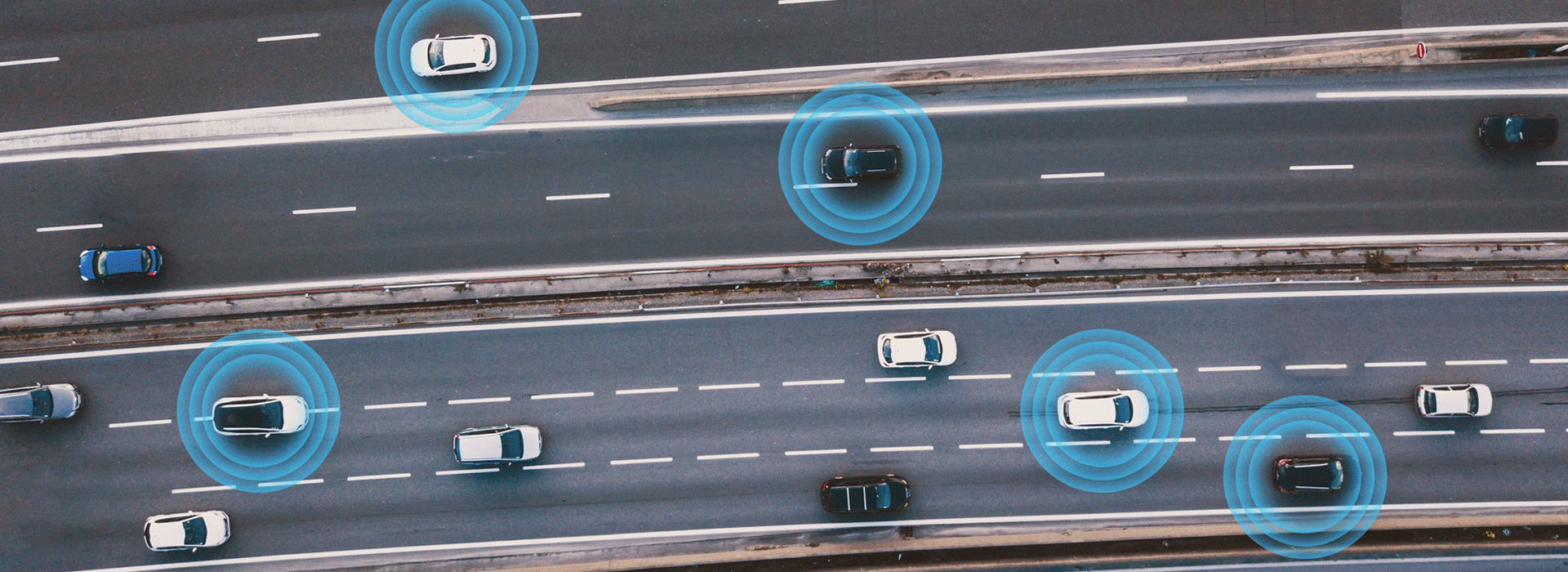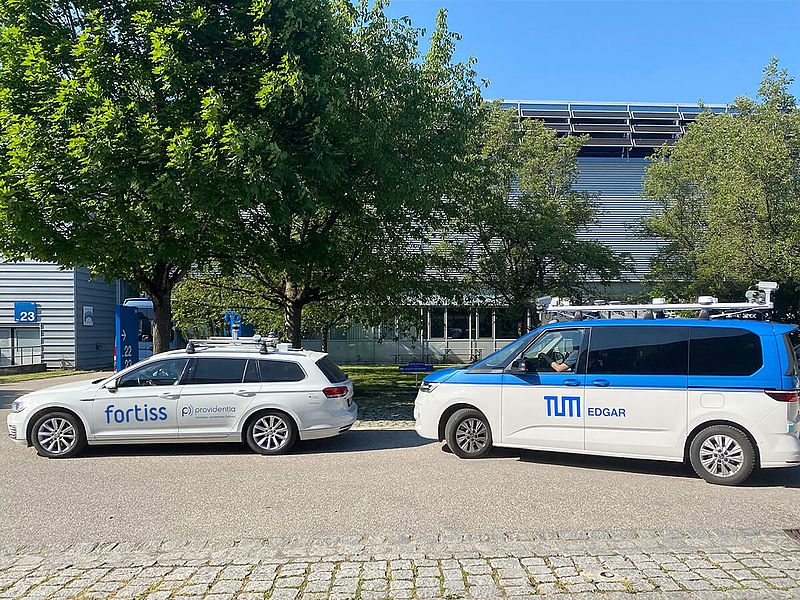Under the coordination of the Technical University of Munich (TUM), fortiss, together with its partners TWT GmbH Science & Innovation, SANEON GmbH, and Infineon AG, investigated how the safety of highly automated and autonomous driving can be improved. The focus here was primarily on perception, decision-making, behavior, and motion planning as well as motion control through cooperation between vehicles and other road users. Cooperative action is one of the main challenges toward the car of the future, as there is currently no mathematically sound safety guarantee to safeguard the automated system under all environmental conditions.
Key factors for safe autonomous driving
For highly automated and autonomous vehicles (Levels 3-5), achieving greater safety hinges on two critical factors: compliance with traffic rules and behavioral safety. However, conventional Advanced Driver Assistance Systems (ADAS) lack the ability to interact effectively with the surroundings. This impairs their understanding of complex traffic scenarios, particularly in urban environments, limiting their ability to fully support automated driving.
Specifically, vehicles equipped with traditional ADAS systems essentially focus on their own behaviors, while ignoring the synergy with other traffic participants. In other words, low-level automated driving in the past was only able to make decisions and take actions based on the road information it observed. In this regard, solely considering their own behavior cannot fully guarantee the real-time safety of highly automated and autonomous driving. Collaborative driving will therefore be a key solution to this issue since ego vehicles can understand the intentions of other road users through real-time “communication” with them and make behavioral decisions accordingly.
Reaching destinations safely through cooperation
As part of the project, fortiss has developed a new approach to cooperative motion planning for highly automated and autonomous vehicles in mixed traffic. This development has provided important insights into the creation of safety for highly automated vehicles. The approach supports automated decision-making and behavior planning of automated and autonomous vehicles under different Operational Design Domains (ODDs). ODDs precisely define the areas in which automated driving functions may be used, thus representing a fundamental prerequisite for safe automated driving.
The experts from the fortiss field of competence Machine Learning focused primarily on the interaction and communication mechanisms with other road users. Specifically, the fortiss researcher Jiajie Zhang has developed a mechanism that includes direct or indirect communication with road users. This mechanism also involves predicting the behaviors and intentions of the interacting agents, including vehicles and pedestrians. Additionally, the experts focused on behavior and trajectory planning that considers compliance with traffic rules. Furthermore, they conducted validation through simulations and road tests with a prototype vehicle. Through these efforts, compliance and safety of vehicle movement in mixed traffic scenarios can be ensured.




